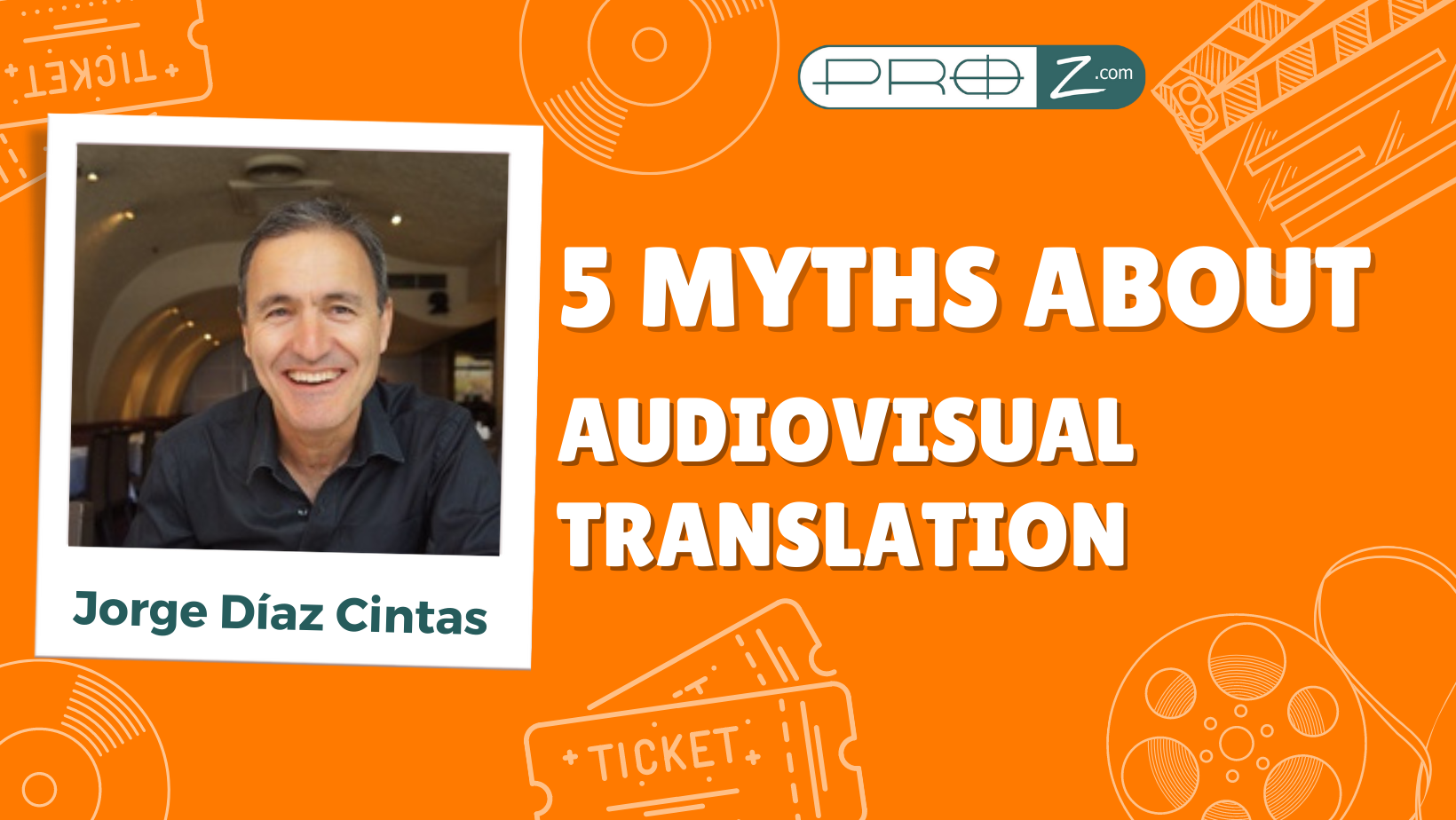Audiovisual translation (AVT) has many myths associated with it. Let me share 5 perceptions about AVT that are simply not true.
▶️ AVT is just about subtitling
AVT is an umbrella term that encompasses lots of practices. This service includes, first of all, subtitling, dubbing and voiceover. Many other services become a part of the AVT process, such as re-voicing, multimedia translation, audio description, narration, interpreting.
▶️ There are tools available that can easily replace human AVT services
Even though there are many applications that make audiovisual translation easier and faster, there are no tools that can substitute human translation. In recent years AI tools have advanced significantly, but they still have difficulty interpreting the context, identifying the tone of speech, and grasping the cultural aspects.
▶️ There is no need to have a specialization before entering the AVT market
According to data collected by Statista, in 2020, over 3 billion internet users watched or downloaded streaming videos at least once a month. The pandemic resulted in an even greater increase in the number of audio and video materials. This led to the creation of more specialized content and, as a result, many subtitlers work in specific domains, such as medical or legal.
▶️ AVT is focused on English-speaking countries
The increase in AVT production was heavily impacted by Holywood getting their movies dubbed. The biggest pools of AVT service providers started in the US and the UK and they also appeared in European countries and Asia.
The Big Four or the FIGS includes so-called dubbing countries France, Italy, Germany (with the largest film industry in Europe) and Spain. Every day more and more content is created in languages other than English and video and audio materials need to be translated into languages other than English (in most cases they use English as a bridge language). That’s why it’s possible to watch one's favorite Korean drama dubbed into Italian almost as soon as the movie is released.
▶️ AVT does not include localization
AVT includes localization as it refers to the act of adapting audiovisual materials to deliver a product that is appropriate for a certain country or culture. Subtitle localization entails the transcription and translation of audio, on-screen text, and any other accompanying materials, as well as ensuring that the subtitles are culturally appropriate.
Come join the upcoming workshop “An Introduction to Audiovisual Translation” hosted by the Professor of Translation and founding director (2013-2016) at the Centre for Translation Studies (CenTraS) at University College London Jorge Díaz Cintas. In this workshop, live on March 1, the fundamental concepts of audiovisual translation are taught by one of the world's leading experts. Jorge will explain the nature of audiovisual texts; give a good understanding of a general taxonomy of the various audiovisual translation (AVT) practices, including accessibility to the media and provide a detailed account of relevant professional practices.




